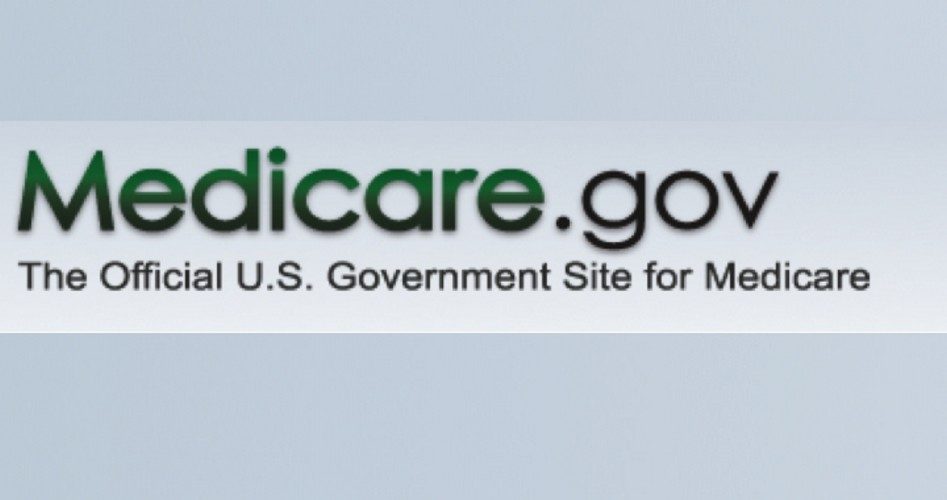
A report released April 9 by the Office of Inspector General for the Department of Health and Human Services urged greater scrutiny of doctors who are the highest billers for Medicare payments.
The office, which serves as a federal watchdog on fraud and abuse for the department, finished compiling the report of Medicare data for the year 2012 last December. Several news organizations that scrutinized the data found that a small number of physicians listed received a disproportionately large share of Medicare payouts.
An analysis of the data by AP found that 344 physicians, out of more than 825,000 individual physicians listed in the Medicare claims database, were paid at least $3 million apiece, with combined billings of nearly $1.5 billion.
Another analysis of the report by the Wall Street Journal found that the top one percent of the 825,000 individual medical providers accounted for 14 percent of the $77 billion total billing recorded in the data. The Journal also found that the 1,000 highest-paid Medicare doctors received a combined total of $3.05 billion in payments.
Yet another look at the government data by Bloomberg News revealed that Medicare paid almost 4,000 doctors and medical providers more than one million dollars apiece, with seven receiving more than $10 million. Fewer than three percent of the doctors received about 28 percent of the $64 billion paid out to individual providers.
Prior to the recent release of the HHS report, information from the Medicare database had been withheld from the public since 1979, when a federal court in Florida granted the American Medical Association an injunction blocking release of the information based on the AMA’s claims that physicians’ privacy would be violated if the data were made public. Last May, a federal judge lifted the injunction after Dow Jones & Co. had filed a lawsuit asking for the data to be made public. Last week, the Obama administration decided to make all Medicare payment information public.
Bloomberg reported opposing views on the release of data on the physicians. Joe Antos, identified as a scholar at the American Enterprise Institute, said that the release of the information “will benefit not just consumers and the taxpayers but ultimately the healthcare sector because it will shine some light in some dark corners where, frankly, health-care providers should improve the way they practice.”
However, Ardis Dee Hoven, MD, president of the American Medical Association, told Bloomberg News in a telephone interview that some doctors may make more than the average because they see a disproportionately high number of elderly patients, or because they have expertise in a certain area, or better outcomes. “The broad data dump today by CMS has significant shortcomings regarding the accuracy and value of the medical services rendered,” said Dr. Hoven. “Releasing the data without context will likely lead to inaccuracies, misinterpretations, false conclusions, and other unintended consequences.”
“What we don’t want to happen here is that patients be misinformed by raw data,” Hoven told the Wall Street Journal. “At the end of the day, what we need in this country is data that shows value, and this data isn’t going to show value.”
The Journal also quoted a statement from Elliott Fisher, identified as a Dartmouth College researcher who studies variation in healthcare practice between doctors and places, who approved of the data release: “There’s all sorts of services that are low-value for patients, high-revenue to providers.” The new data “will show some meaningful things about the high outliers.”
Though most initial media reports about the government report have focused on the small percentage of doctors who receive a disproportionately high percentage of Medicare payouts, like most statistics, there may be reasonable explanations for these apparent wide variations. It is easy to interpret unequal statistics into “evidence” of unfair or unethical behavior when the data is isolated from the circumstances responsible for the variations.
For example, Michael X. Repka, an ophthalmologist who is medical director for government affairs for the American Academy of Ophthalmology, told the Journal that his specialty sees a high proportion of Medicare beneficiaries, who comprise the majority of revenue in a typical ophthalmologic practice. The patients are “much more skewed toward the 65 and older group” than in other specialties, he said, responding to questions about the OIG report finding some in the specialty received very large Medicare payments.
The case of Dr. Salomon E. Melgen, a Florida ophthalmologist who received $21 million in Medicare reimbursements in 2012, was widely reported. And an analysis made by the New York Times noted that about 3,300 ophthalmologists were paid a total of $3.3 billion from Medicare.
As Dr. Repka explained, however, ophthalmologists tend to see a higher proportion of older patients than many other specialties. The elderly are much more prone to eye diseases such as cataracts, requiring expensive surgery, and macular degeneration, for which many doctors prescribe Lucentis, an expensive drug, than are patients who are too young to qualify for Medicare.
Therefore, those who infer from the report that ophthalmologists are milking the Medicare cash cow more than other specialists may be forming an unwarranted conclusion.
Nevertheless, a New York Times report about Dr. Melgen revealed that he came under scrutiny prior to the recently released report. In January and October last year, FBI agents were observed carrying boxes presumably containing billing records out of his offices.
The Times cited a statement from Melgen’s lawyer, Kirk Ogrosky, who is a former Medicare fraud prosecutor:
At all times, Dr. Melgen billed in conformity with Medicare rules. While the amounts in the CMS data release appear large, the vast majority reflects the cost of drugs. The facts are that doctors receive 6 percent above what they pay for drugs, the amount billed by physicians is set by law, and drug companies set the price of drugs, not doctors.
The FBI’s investigation was prompted by accusations that Melgen’s office overbilled Medicare by “multidosing” a vial of medication intended to treat a single patient but using it for several patients — a violation of federal law. However, Melgen defended the practice, saying that federal law required a separate bill for each dose.
Melgen, whose successful practice has made him a multimillionaire, is also being investigated for his close relationship with New Jersey Democratic Senator Robert Menendez. Melgen donated more than $700,000 to the senator’s political action committee, and in an apparent effort to show his appreciation, Menendez made calls on Melgen’s behalf to the Department of Health and Human Services, regarding the “multidosing” accusations made against the doctor.
While the media has written much about the amount of revenue doctors are paid for treating Medicare patients, not a word has been written suggesting that there are larger problems inherent in the government medical system.
As with Social Security, no justification for Medicare’s existence can be found in the Constitution. In both cases, a solution must be found to privatize these programs, and eventually — in a manner that will not cause undue hardship to those who have already paid into them — eliminate them. It is likely that without the large amounts of government funding bidding up the cost of medical care, the free market will take over and costs will return to the affordable levels they were at before government intervened.
Related article: Sen. Rand Paul’s Medicare Reform Bill: $1 Trillion in Savings in 10 Years



